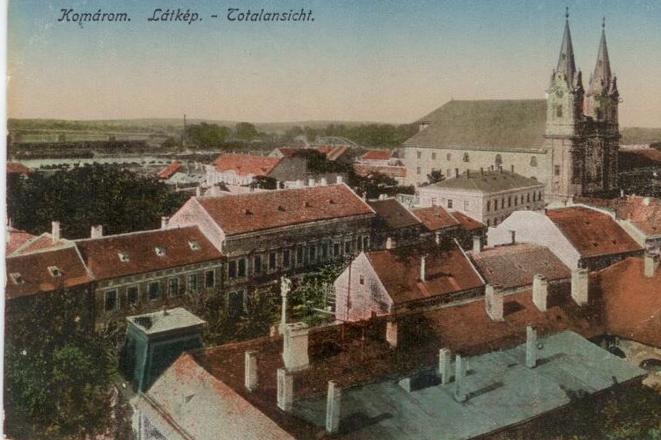If a time machine took us back to a Slovak town in say, the 15th century, it would probably look completely different compared to today. Cities and towns changed not only due to the march of modernity and advances in architecture but also due to disasters.
A good example of this is Komárno in the south of Slovakia. The town on the bank of the Danube river seems to have suffered more than usual. First, it was hit by devastating fires. The one in 1718 burned 280 houses, a figure that made Komárno residents create elaborate anti-fire rules. However, either the laws or the town inhabitants were inconsistent, as in 1767 there was another fire, resulting in 785 damaged houses.
In the meantime, there was also an earthquake. A strong earthquake claimed hundreds of lives, reduced seven churches to ruins, and left 279 houses in the form of stone piles and wood debris.
The break of the 18th and 19th century brought tremors of a different kind to Komárno. As it's position used be quite strategic near the Danube, armies were often interested in it. It was soldiers who demolished the oldest part of the town to build a fortification stretching from the Danube all the way to the estuary of the Váh river. Six kilometres long, it was called the Palatin Line.
Military fortifications and massive town walls affected the face of the town in another way. In the second half of the 19th century, it was possible to enter the town only by three gates. Of course, a toll was paid at each of the gates, which then made goods more expensive.
After each of the disasters or changes, the town started to build anew and thus, it looks completely different today than how it used to several centuries ago.
In this postcard from the time of the Hungarian monarchy, we can see the centre of Komárno.
This story was first published by The Slovak Spectator on September 5, 2017. We have updated the piece to keep it relevant for today.


 The view over Komárno during the Hungarian monarchy. (source: Courtesy of B. Chovan)
The view over Komárno during the Hungarian monarchy. (source: Courtesy of B. Chovan)